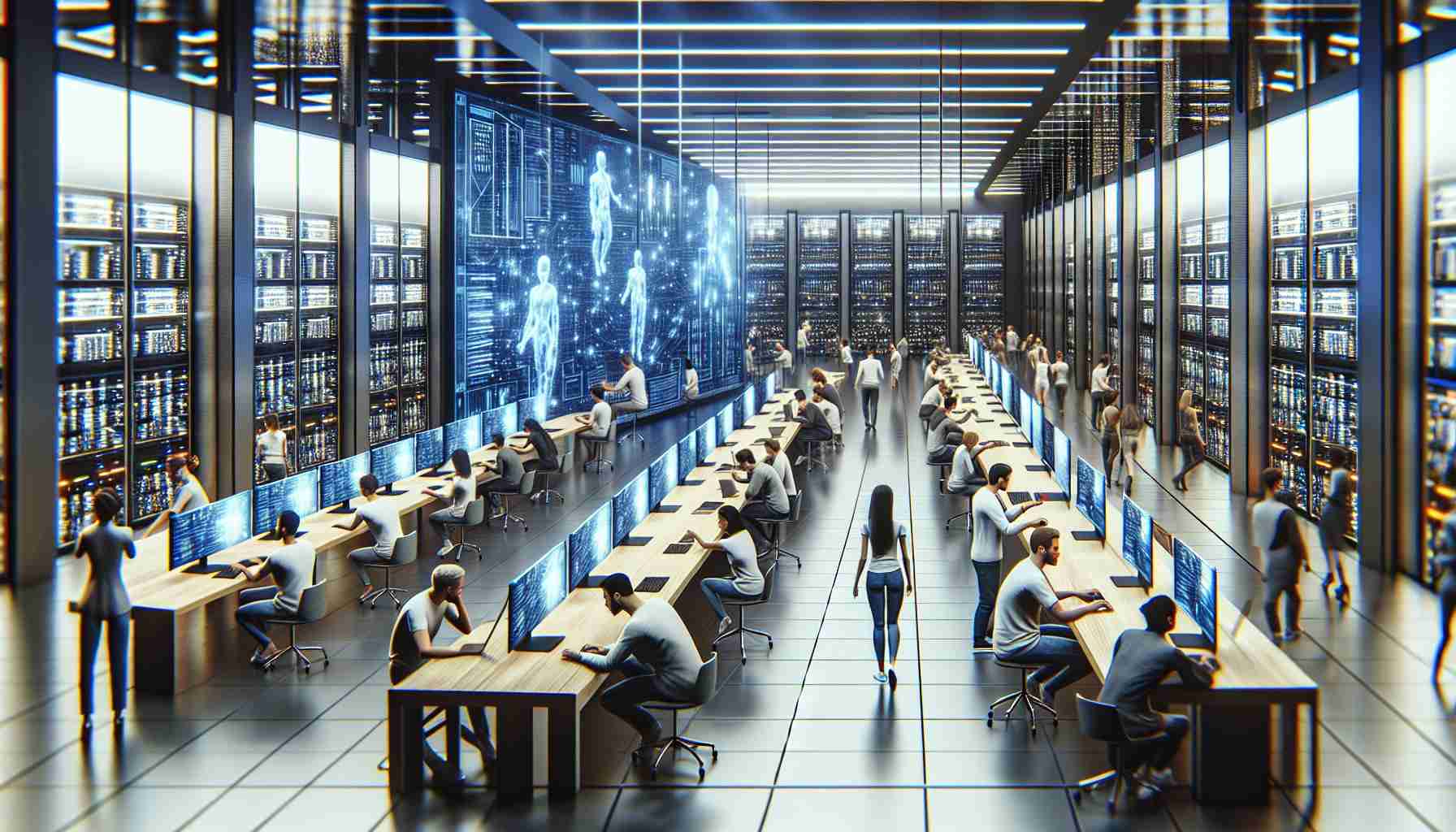Apple has strategically established a covert artificial intelligence lab in Zurich, Switzerland, far from its US headquarters. Notably, the facility, dubbed the “Vision Lab,” has become a hotbed for pioneering AI research and is credited with spearheading advancements similar to OpenAI’s ChatGPT.
Switzerland was chosen as a base following Apple’s acquisitions of two Swiss AI startups: FaceShift, specializing in virtual reality, and Fashwell, known for image recognition. The Zurich team is actively involved in refining AI models that merge text and visuals, enhancing user interaction capabilities.
Despite Apple’s typical secrecy, the lab’s secrecy is remarkable, with its existence unknown even to neighboring businesses. It is implied that Apple utilized a shell company to maintain discretion, reminiscent of tactics used in their Apple Car project.
This clandestine lab has yielded significant results, contributing to Apple’s AI research, such as photo editing via textual instructions and converting static pictures into animations. With privacy in mind, these technologies are poised to operate directly on devices, including iPhones.
It has come to light that Apple’s AI talent predominantly consists of former Google personnel, with at least 36 high-level recruits identified from the tech giant. This strategic hiring bolsters Apple’s AI efforts, made possible by the insight of John Giannandrea, Apple’s SVP of Machine Learning and AI Strategy and a former Google executive.
Looking forward to iOS advancements, anticipations for the release of iOS 18 are high, with significant improvements to Siri’s AI capabilities expected. Rumors and reports converge, suggesting a generative AI shift for Siri, pointing towards an overhaul that may redefine how users interact with Apple’s virtual assistant.
Key Questions:
1. Why did Apple choose Switzerland for its AI lab?
Apple selected Switzerland following its acquisitions of Swiss startups FaceShift and Fashwell, leveraging the local expertise in virtual reality and image recognition.
2. What are some notable projects from Apple’s Zurich AI lab?
Projects include photo editing using textual commands and transforming static images into animations.
3. Who is leading Apple’s AI efforts?
John Giannandrea, SVP of Machine Learning and AI Strategy, is spearheading these initiatives, utilizing his experience from his time at Google.
Key Challenges and Controversies:
– Secrecy: Apple’s high level of secrecy around its AI lab could raise concerns about transparency and the ethical implications of such covert research.
– Competition: Apple’s recruitment of talent from Google underscores the competitive nature of the AI industry and may instigate a “talent war,” possibly leading to legal disputes or ethical concerns regarding non-compete clauses and intellectual property.
– Privacy: Incorporating AI into devices has to reconcile with Apple’s commitment to user privacy, ensuring that innovations do not compromise data security.
Advantages:
– Innovation: Apple’s covert European AI hub allows for a concentrated effort on advanced AI research, potentially leading to breakthroughs in the integration of AI in consumer technology.
– Privacy Focus: Developing AI technologies to operate on-device aligns with Apple’s privacy stance, as it limits data exposure to cloud servers.
Disadvantages:
– Secrecy: The secrecy surrounding the lab can limit collaboration and cross-pollination of ideas with the broader AI research community.
– Talent Consolidation: Apple’s recruitment from Google might centralize expertise within a few major companies, potentially stifling innovation in the broader AI sector.
Suggested Related Links:
– Apple
– OpenAI
Please note, some potential related domains such as the official Apple AI research page or specific AI projects may not be linked due to the constraint of using only main domain URLs.
The source of the article is from the blog motopaddock.nl
